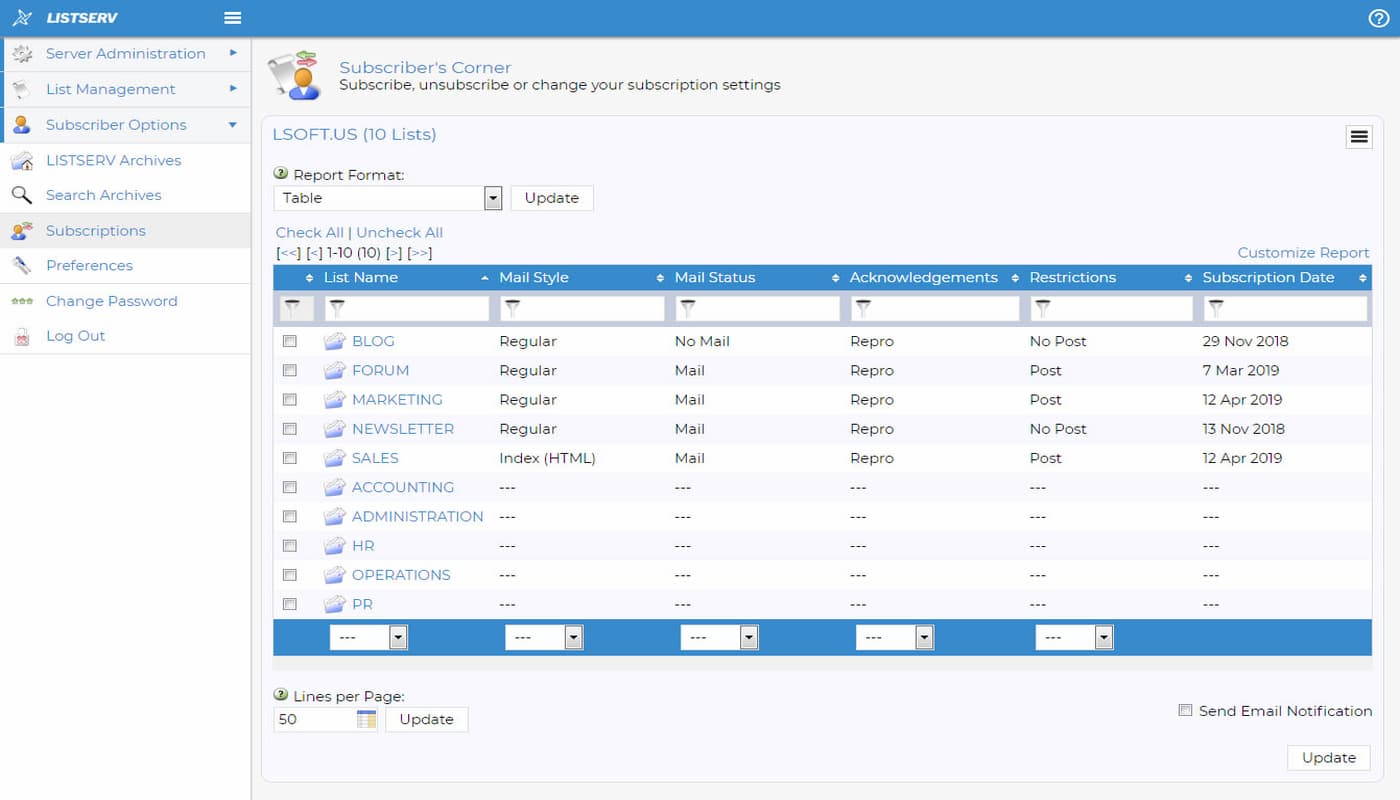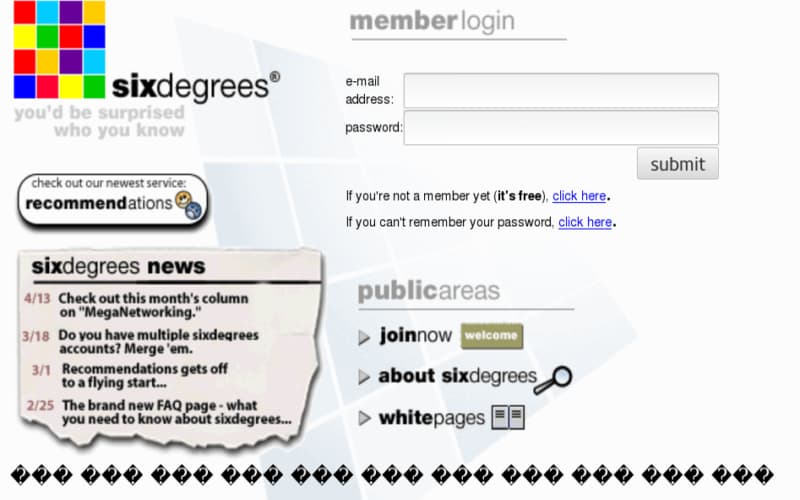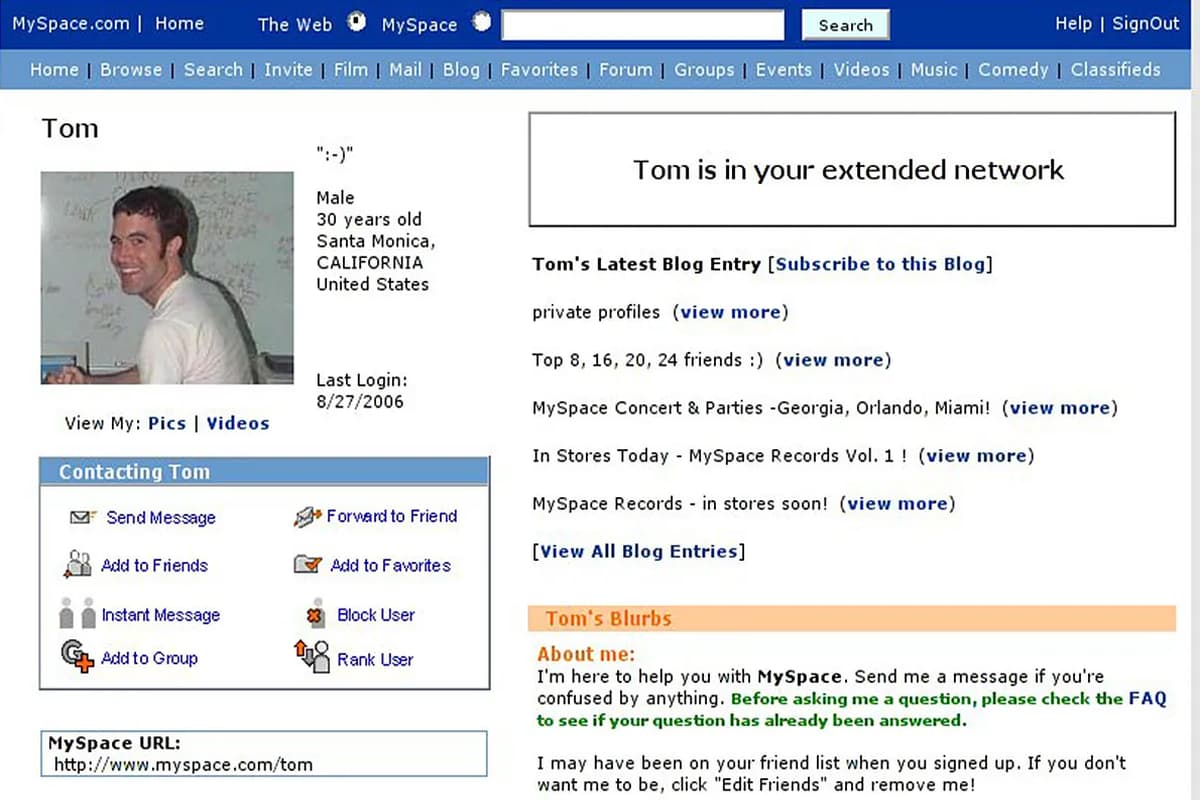What is Social Media?
When asked what social media is, there are a lot of answers. It’s a group of social networking sites where subscribers connect with old and new friends. It’s a tool used in the marketing efforts of various organizations. It helps create brand awareness for entrepreneurs and creatives.
On top of this, social media is a digital world that includes 3.6 billion people across the globe. By 2025, that number is expected to climb to 4.1 billion. Needless to say, the popularity of this online activity won’t be waning any time soon with the many social media platforms available.
What is the Full Definition of Social Media?
Although we know the specialties of the current social media platforms we visit, few could explain its true origins. Truth be told, its concepts date well before the internet’s introduction to the public. To help you better understand what’s involved here, let’s take a step back and look at what social media is and how it began.
The Concept of Social Media
At its most basic level, social media is a digital tool that allows you to quickly create and publish content. Sometimes this is for the consumption of those within your social network. In other situations, the material is distributed to a platform’s general public.
For the most part, the social media universe is uncensored. Yes, each social media site has regulations on what can’t appear in their posts. Nevertheless, they attempt to find a balance so users don’t feel like their text, videos, or images are being censored.
Social media is a centuries-old concept. Originally, societies felt isolated because the world seemed so huge. The development of early social media concepts like the telegraph, telephone, and radio allowed individuals and groups to interact with others outside of their immediate influence sphere.
Only in the past few decades has the term been applied to the digital world. To be social is to relate to others through various forms. This allows you to talk with them or engage in mutual activities. Social media websites and apps added additional means to change the scope of conversations. Be it the use of photos, memes, GIFs, music, or videos.
There’s another advantage to digital social media sites as opposed to traditional in-person social interaction. It’s open to anyone as long as they have access (some countries do block sites such as China blocks Facebook) to the internet through a computer or mobile device. You aren’t denied social media accounts if you are of a certain gender, age, or ethnicity. You can quickly become a participant in many groups at one time.
Tapping into primal needs
What social media companies have done is tap into the primal needs of humans. We don’t thrive on isolation. This was demonstrated during the peak of the COVID-19 pandemic in 2020. When we are pulled away from normal social interactions our brains are affected. It results in confusion, personality shifts, and increasing moments of anxiety and depression.
Social media websites help ease the isolation. Though it’s virtual rather than face-to-face, they offer opportunities to meet new people as close as down the street and as far as another country. It allows them to join many users in online communities that share similar interests. In some cases, the virtual worlds created on social media allow introverts to create deep friendships with other users.
Of course, there are dangers on social networks, such as a revealed internal report showing Instagram can be harmful to teenage girls.
Social Media Platforms
Social media is not a single entity. Let’s look at several categories of social media sites. While several overlap, we’ll categorize them based on their most prominent features and social media strategy.
Social Networking
Social networks are designed to help exchange content, thoughts, and ideas with others. Normally, this is with social media users that have a similar mindset.
Social Networking Examples: Facebook, Twitter, LinkedIn (though in a business capacity)
Media Sharing Networks
Media networks are also a space to share material. However, rather than rely on text, these social media platforms focus on images and videos. Here, users have the option of liking the material. If they want to see more, then they subscribe to the feeds of other users.
Media Network Examples: YouTube, Instagram, TikTok
Discussion Networks
Discussion networks hearken back to the days of online bulletin boards. Rather than rely on short bursts of text or videos, these social media sites are based on in-depth discussions of various topics. Most of the time, this allows for a thoughtful back-and-forth with less risk for trolling or flaming the initial user.
Discussion Network Examples: Usenet, Reddit, Telegram, Discord
Review Networks
Review networks add a social media slant to the discussion of products and services. Normally, you need to become a subscriber to the platform to provide feedback. Some sites permit you to respond to the reviews or statements of other user posts.
Review Network Examples: Yelp, TripAdvisor, Goodreads
How Social Media Sites Began: A History
Let’s now look at the history of social media to better understand its origin and, ultimately, future.
The establishment of virtual social media is not a new concept. An original version of this digital social networking began in 1979 with the introduction of Usenet. Still active amid a universe of social media platforms, it was initially based on a Unix-to-Unix dial-up structure. Today, discussions and online newsletters are still distributed on Usenet as many feel it’s more secure than other social media companies.

The 1980s
With the introduction of personal computers, early social media began to emerge for public consumption. Among the first was the General Electric Network for Information Exchange, or GENie. Eventually supporting 350,000 subscribers during its lifetime, the online board ran from 1985 well into the 1990s.
A year later, in 1986, L-Soft came onto the scene. Their product, Listserv, created online lists to contact multiple users in one email. This allowed individuals or groups to have ongoing discussions. Thus, L-Soft established itself as a precursor to modern social networks.

The 1990s
What constitutes the basis of today’s social media platforms was formed in the 1990s. Instant messaging and chat rooms became the norm at sites like America Online, which became the largest internet service provider in the mid-1990s.
It was during this time that the first official social media site, Sixdegrees.com, went active. It grew to nearly 3.5 million users at its peak. Furthermore, it introduced concepts such as user profiles, friend lists, and school affiliations. However, due to the lack of users with a reliable internet connection, it vanished in the early 21st century.

The 2000s
Facebook and Twitter weren’t the first of the different social media platforms to debut in the 2000s. This honor goes to Friendster. Starting in 2002, it gave subscribers the power to upload media and other online content to share with friends. Furthermore, it was also known as a dating site that helped match users to each other.
The social networking site LinkedIn appeared the same year. It is considered one of the first platforms to put the focus on businesses and job seekers. Out of the legacy social media sites still active today, LinkedIn is the oldest.
MySpace came online a year after Friendster and LinkedIn. Originally, it was similar to the latter service. Later on, it shifted its focus to promote new music. The Arctic Monkeys, Adele, and Kate Nash are among the performers discovered on the social media site.

Facebook and Twitter both went live in 2006. It took a while for both sites to gain the traction they now have. Some of this was due to the lack of internet connections. On top of this, users were somewhat reluctant to put their personal information online.
It could be said Twitter had the edge over other social media platforms when it introduced the use of hashtags in 2007. However, Facebook took the lead when it surpassed both MySpace and Google as one of the most trafficked internet sites.
As the 2000s progressed, social media platforms started to focus on the popularity of smartphones and tablets. With their smaller imprint and capacity to perform more actions than computers, they increasingly defined the future of digital communication. Thus, organizations like Facebook and Twitter created social media apps with the same capabilities as their online counterparts. In fact, a few companies, like Instagram, built applications solely for mobile devices.
Social Media Reading Recommendations
Further reading recommendations on the history of social media about their rapid growth and rise to power:
- Facebook: The Inside Story by Steven Levy
- Hatching Twitter: A True Story of Money, Power, Friendship, and Betrayal by Nick Bilton
- LinkedIn’s Startup Story by Ellen Lee
- Instagram Origin Story by Eric Markowitz
Business and Social Media
Social media is more than personal interactions between real and virtual friends. It is a critical marketing channel for all business types. This includes startups and Fortune 500 organizations.
It took some time for digital marketers to embrace social media. Before the 2000s, businesses relied on the creation of websites to establish their online presence. It wasn’t until the introduction of social media platforms like Facebook and LinkedIn that companies began to see the benefits. Soon enough, they began to create social media profiles to reach their target audience.
The Future of Social Media
What does the future hold for social media? Scholars believe the prevalence of these major platforms has created a technocentric ecosystem. It features a diverse and sometimes complex set of behaviors and interactions. It has gone from a word-of-mouth environment to one people regularly visit for all forms of information.
Social media marketing
Social media is now influenced more by the needs of business and marketing than individual interaction. Even now, organizations have implemented an omni-social presence. In other words, they often have a foothold in every social media platform instead of a few. Thus, social media marketing will continue to intersect with any aspect they feel is relatable to their products.
Social media strategy for disaster recovery
Social media is also going to be used more frequently when it comes to disaster planning and response. As the use of mobile devices increases so does the capacity to deliver information through the electronic communication powers of social media. Studies of the technology’s uses include delivering preparedness information, reporting on current conditions, and reconnecting communities following a disaster. Overall, social media has the power to start recovery operations quicker than in the past.
Security and democracy for social media users
What of the current popular social media websites? Some say it is going to look much different in the future due to new security technologies. Instead of being relegated to proprietary services like Facebook or TikTok, new social media is going to be based on a decentralized model.
This seems counterintuitive as current social media users focus all their efforts on the most popular current services. However, with the integration of blockchain and secure open source technologies, users may feel freer to engage in an unrestrained exchange of opinions. Furthermore, they could have an opportunity to share in the profits of their efforts since fees won’t be collected by the social media platform.
Other changes
There are several trends developing at social media companies that will become the norm in the future. Not only for interpersonal interaction but also for social media marketing. For instance:
- More visual social networks like TikTok and Instagram.
- Geosocial services that enable additional personal dynamics within a certain region.
- Automation of social media marketing campaigns.
- Social recruiting for jobs that go beyond LinkedIn.
Needless to say, social media’s popularity doesn’t look to be waning any time soon. In fact, as technology and security continue to improve, social media is going to enter a new phase of personal and business connections. Of course, it won’t be without its difficulties. For instance, the concept of fake news must be addressed. As will some of the questionable social media privacy policies.
The one thing that seems certain is that social media is an integral part of our lives now and for the foreseeable future.
About Ayrshare
Ayrshare is a social media API that allows you to publish posts, get analytics, manage comments, and sends direct messages on the social networks directly from your platform. Learn more in our social media API docs.

